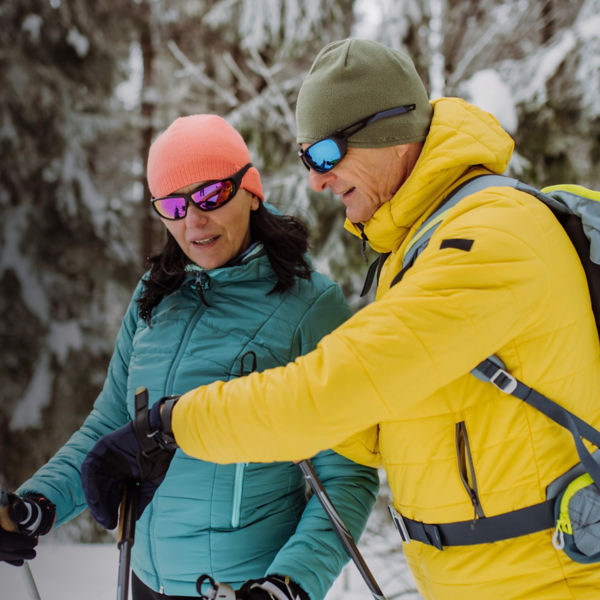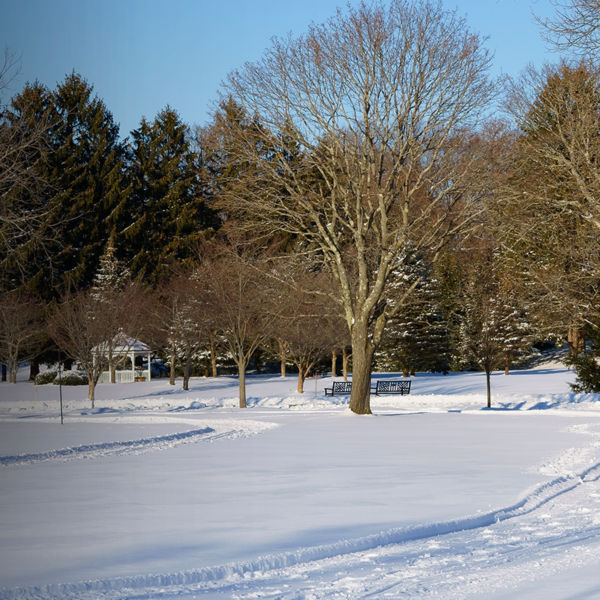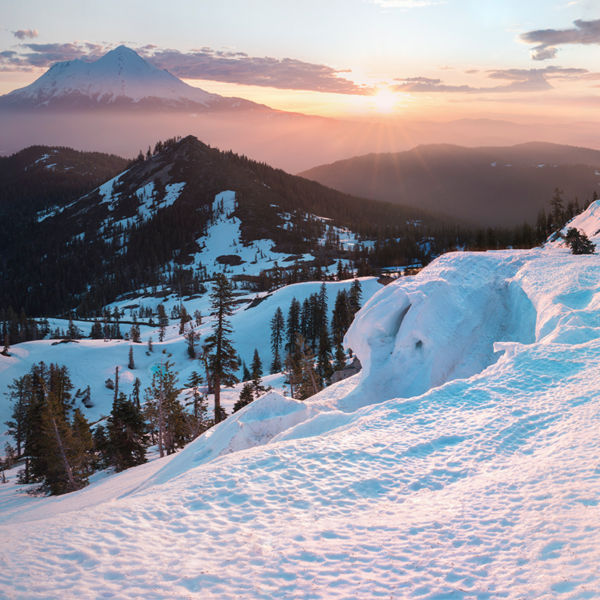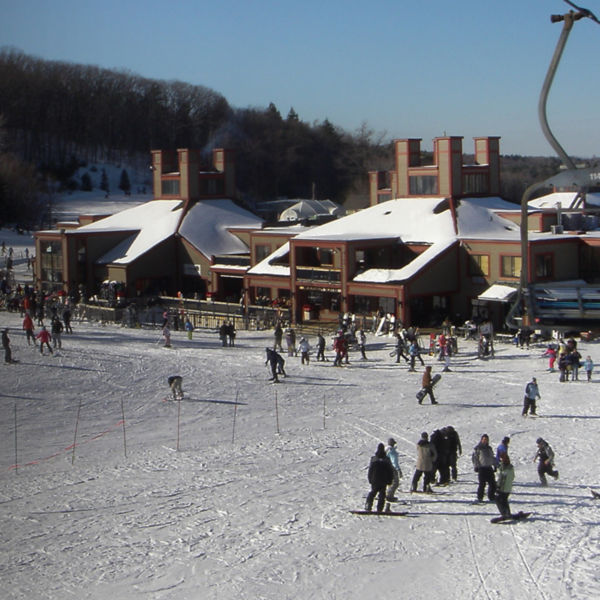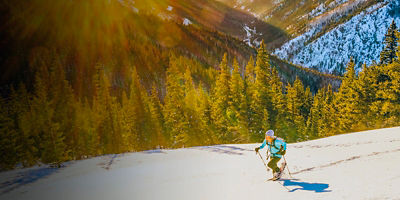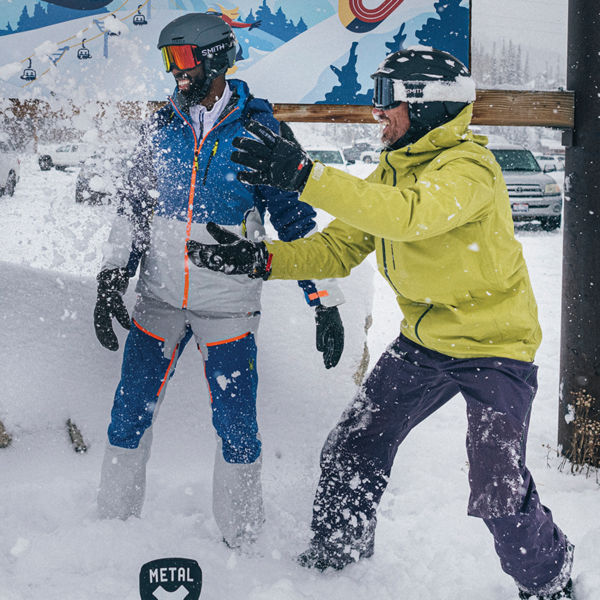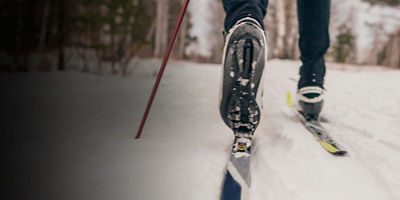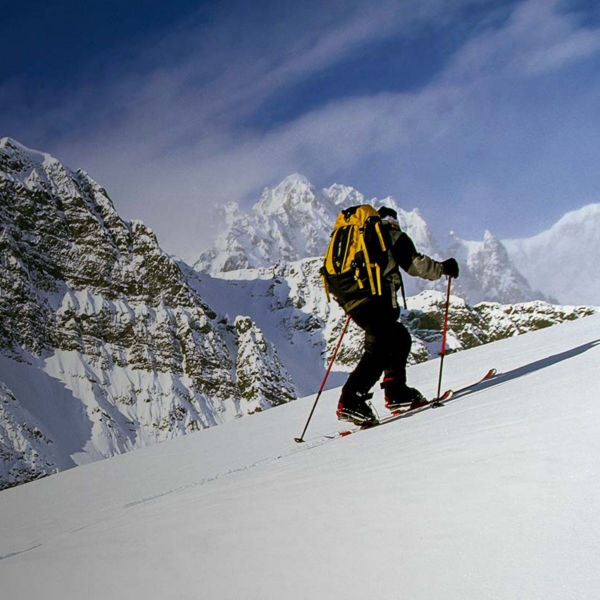
For skiers and snowboarders, the benefit of a face covering is a no-brainer: keeping frigid necks and faces warm while offering protection from the wind, sun, and snow. Full face coverings (like balaclavas) also wick moisture when worn under a helmet. Although they get less attention than other ski and snowboard gear, face masks are an essential item for staying comfortable on the mountain all season. Here’s how to find a face mask or covering that will work best for you.
Styles
There are multiple varieties of face masks, including those that cover your full head and neck (balaclavas) and those that only cover the neck and chin (referred to as neck gaiters, tubes, warmers, or sometimes simply as Buffs due to the brand’s widespread popularity). Full face masks (balaclavas) are better for super-cold days when you want as much coverage as possible, while also adding an extra layer of insulation under your helmet. Gaiter/tube-type masks are more versatile and good for most medium-cold and warmer days. They’re also effective at providing extra sun protection (why lighter versions are a favorite for some anglers). Keep in mind that many options that cover the neck and chin can also be pulled over the head when needed (they usually have extra material and can stretch). Decide how you’ll be using your face covering—for under-helmet warmth, or for UV protection, for example—and let that determine the type.
Materials
Most face masks are made from a mix of synthetic fabrics like polyester, Lycra, spandex, and elastane. These have good stretch properties, offering a snug fit as a result (essential for blocking wind and retaining warmth). Other face masks are made from fleece, which offers a soft feel and effectively stays warm while also wicking moisture, and wool. Merino wool, in particular, wicks moisture well while retaining heat. Avoid cotton. Sorry, old bandana: It retains moisture and won’t keep you warm when wet.
Fit
No matter what type of covering you get, ensure that it fits properly. If it’s too loose, it won’t retain warmth and block wind; if it’s too tight, it won’t be comfortable to wear.
Gaiters and tube-type masks should fit securely around your chin and nose without slipping down, and you should also be able to pull them over the top of your head for extra coverage when needed. When not in use, they should compress down around the neck accordion-style. That way, they won’t block your mouth when eating, for example.
Balaclavas should fit snugly around your head (so they fit under your helmet), but they can fit a bit more loosely around the face and neck.








